About the Aoostar WTR PRO MAX
A revolutionary 7-bay NAS mini PC featuring AMD's Hawk Point architecture with 8-core Ryzen 7 PRO 8845HS, 128GB ECC DDR5 support, and 11-drive capacity (5x M.2 NVMe + 6x SATA) - engineered for high-density storage professionals and virtualization workloads.
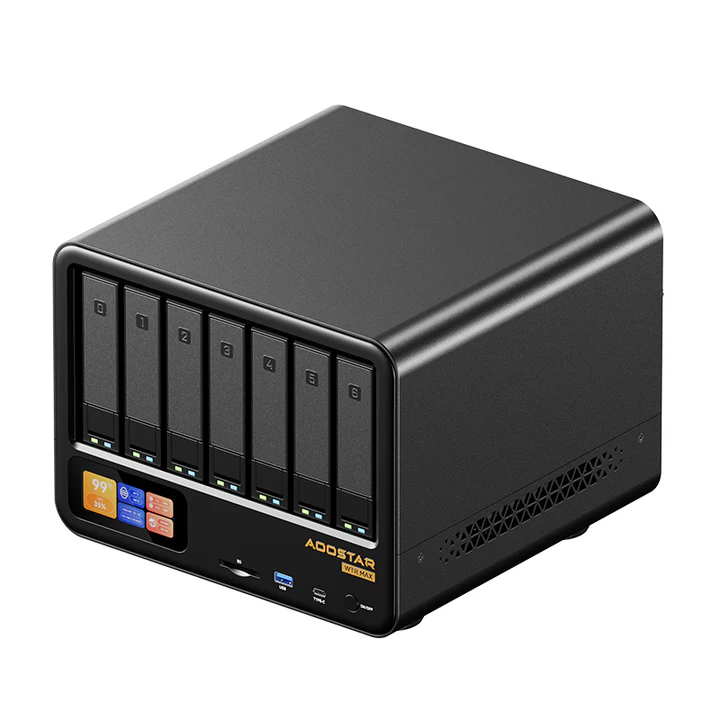
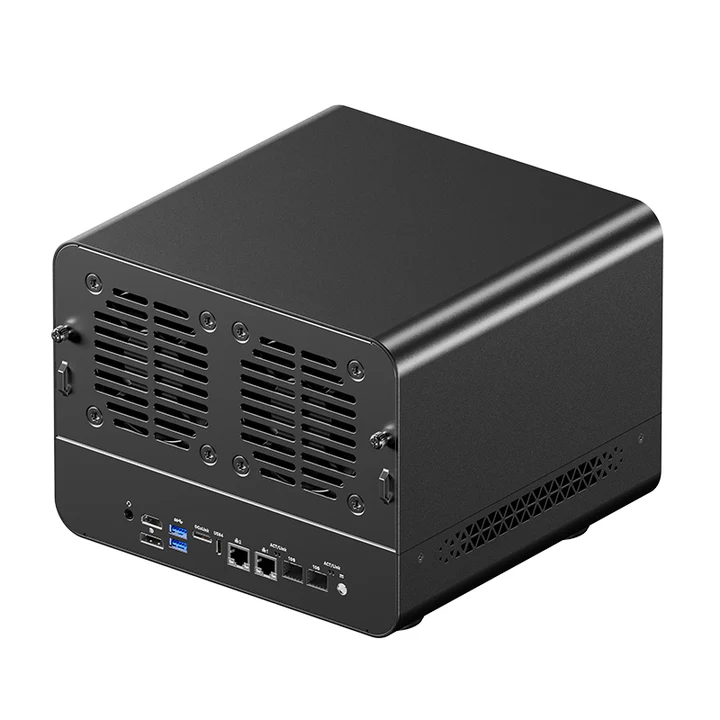
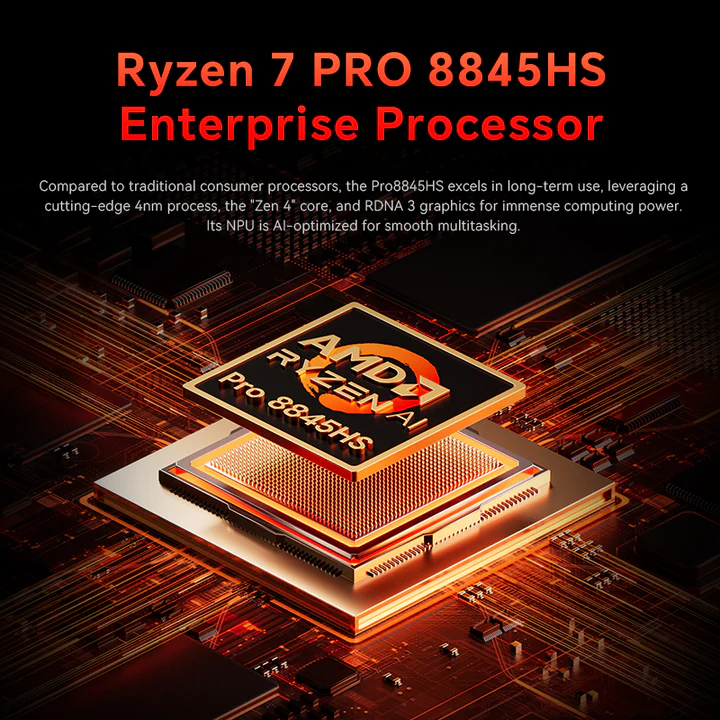
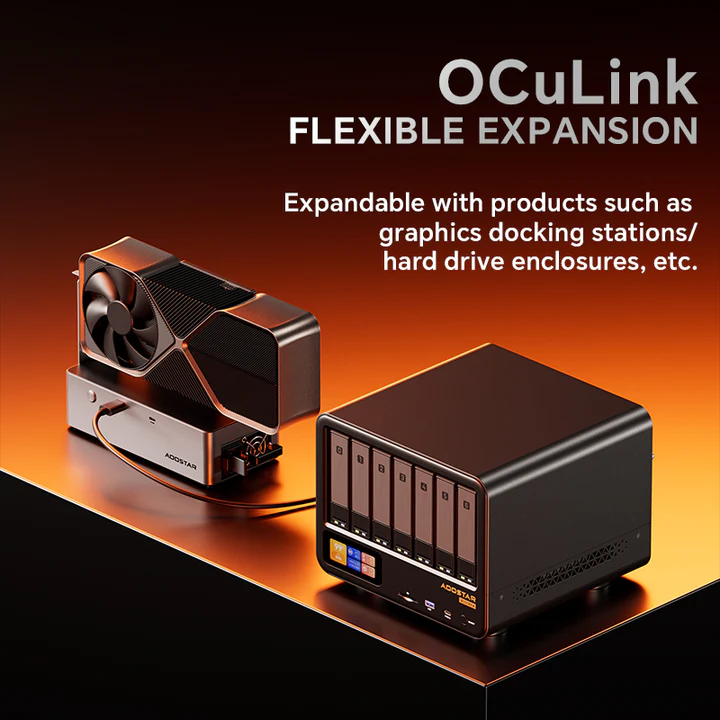
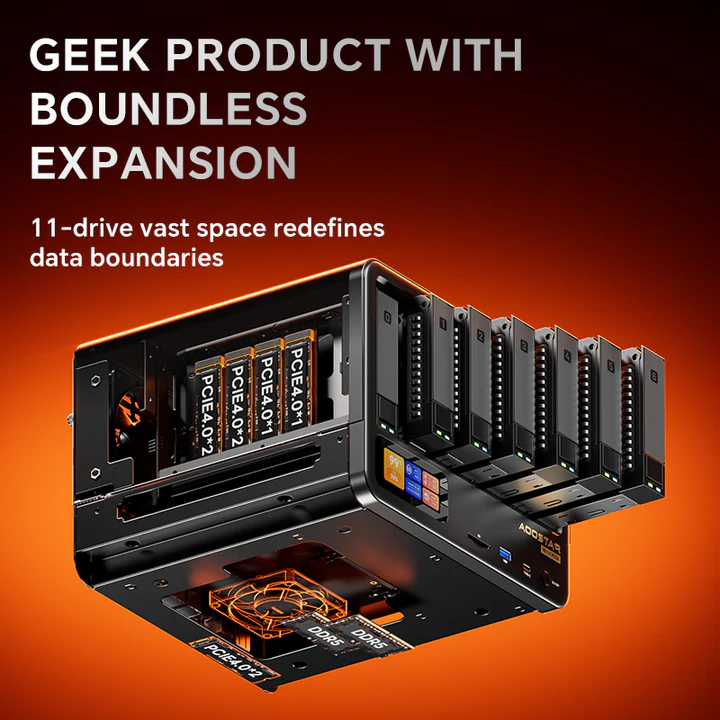
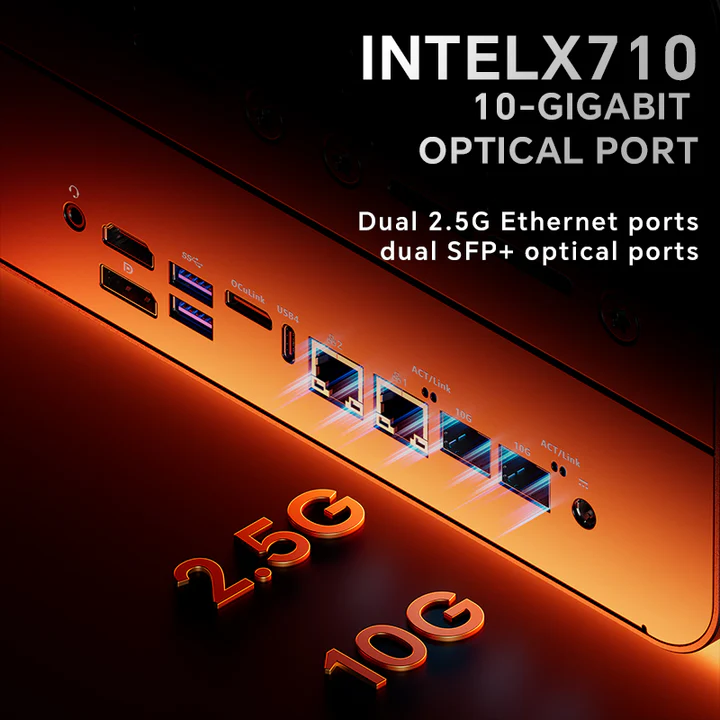
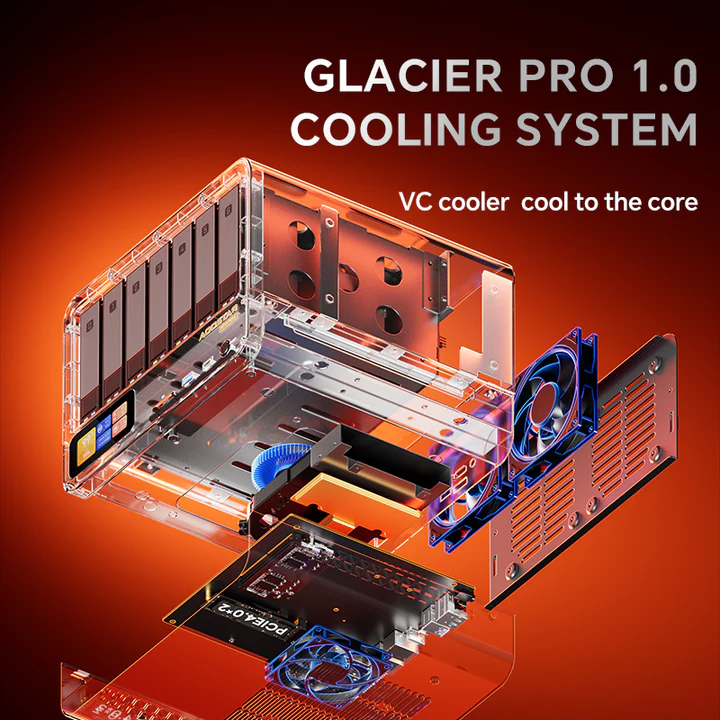
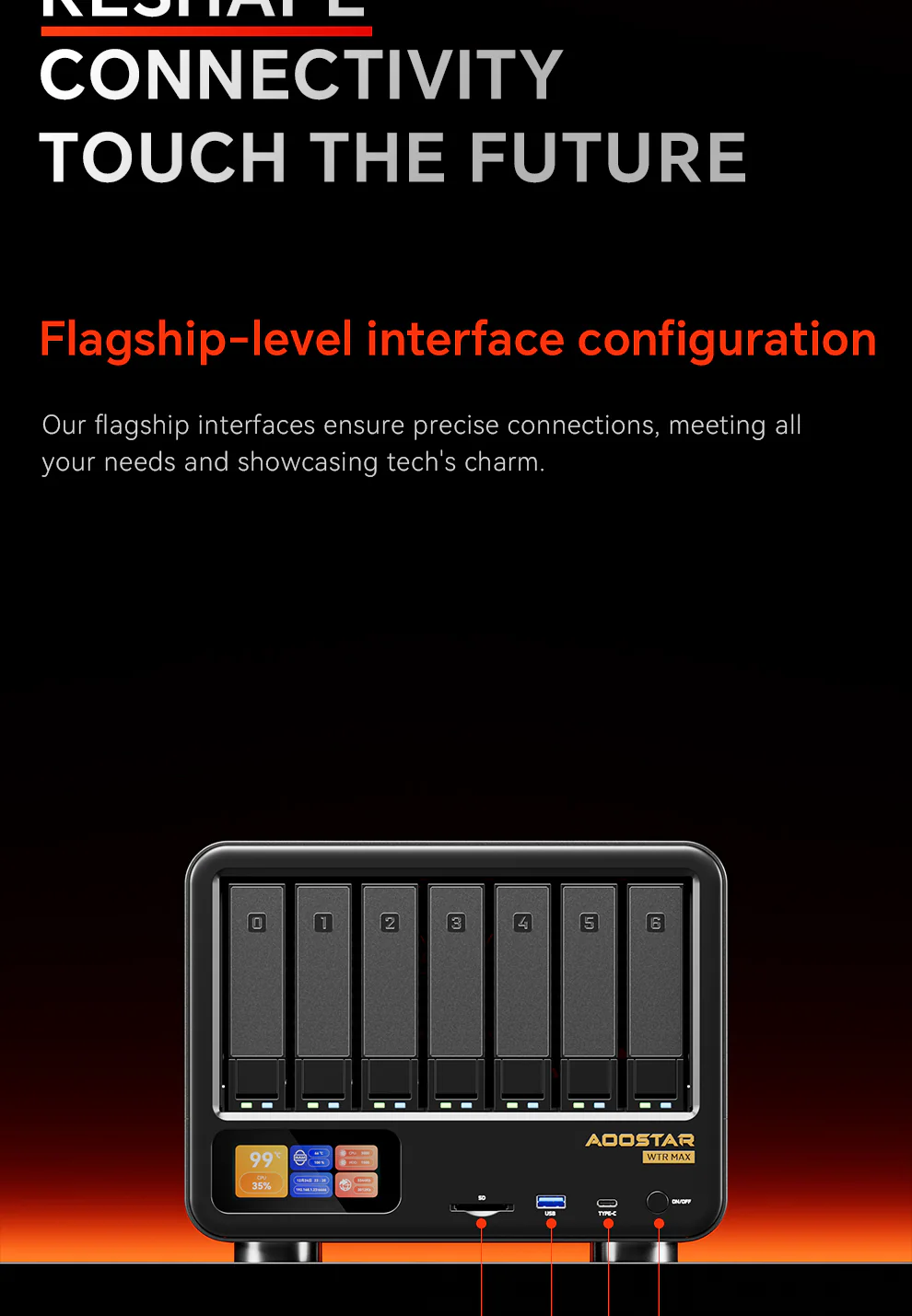
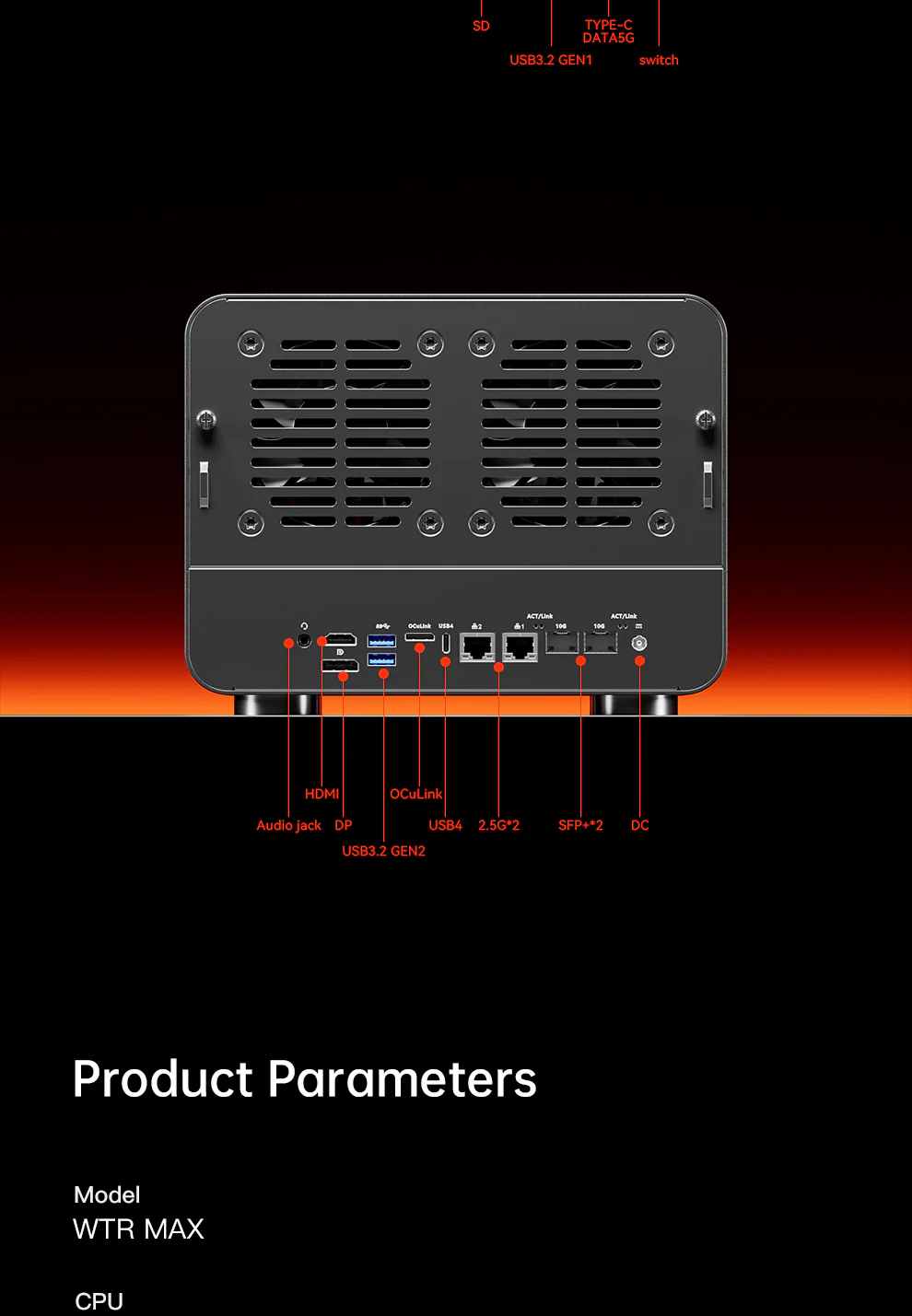
Comments
Login to post a comment.
No comments yet. Be the first to comment!